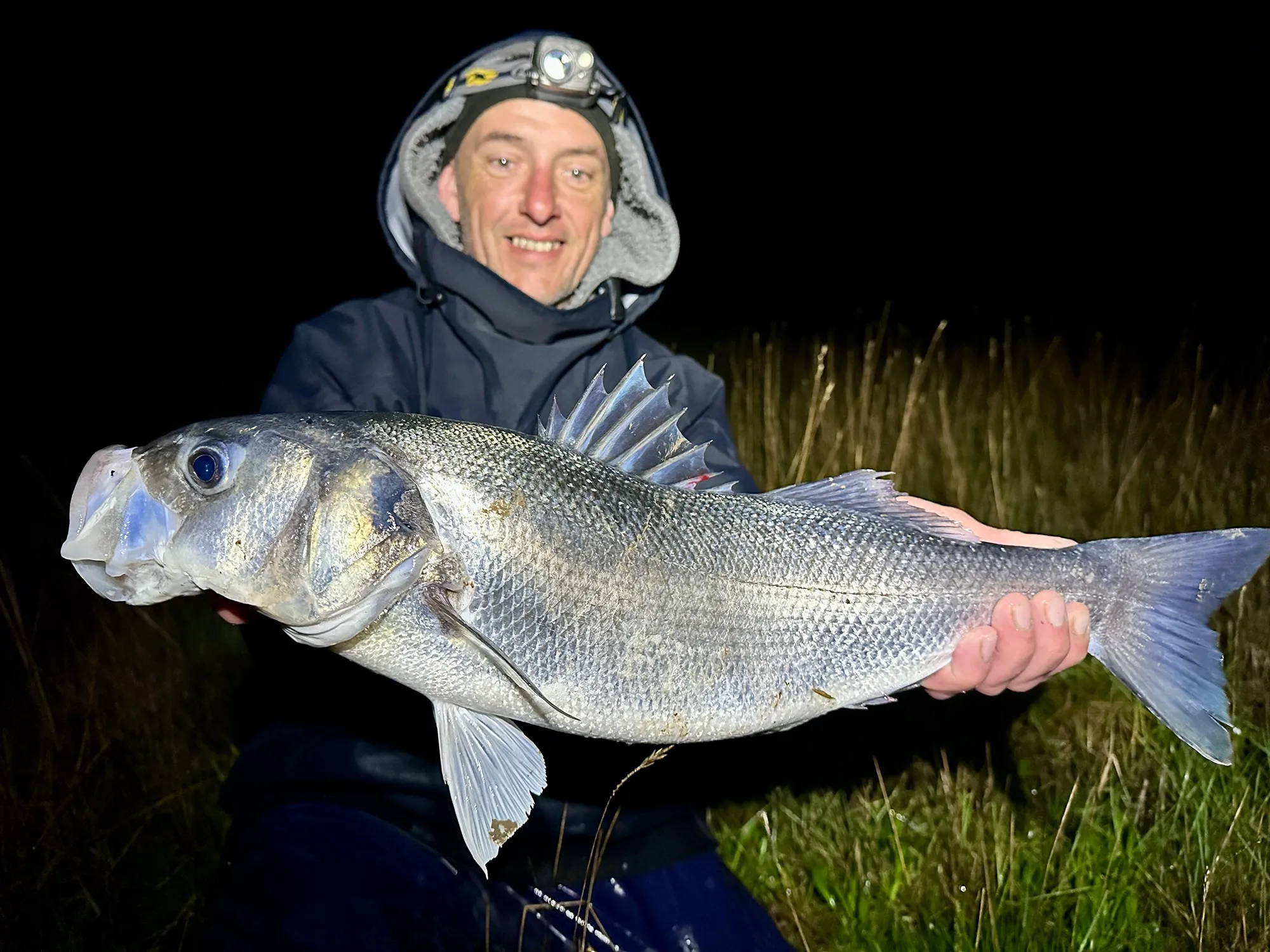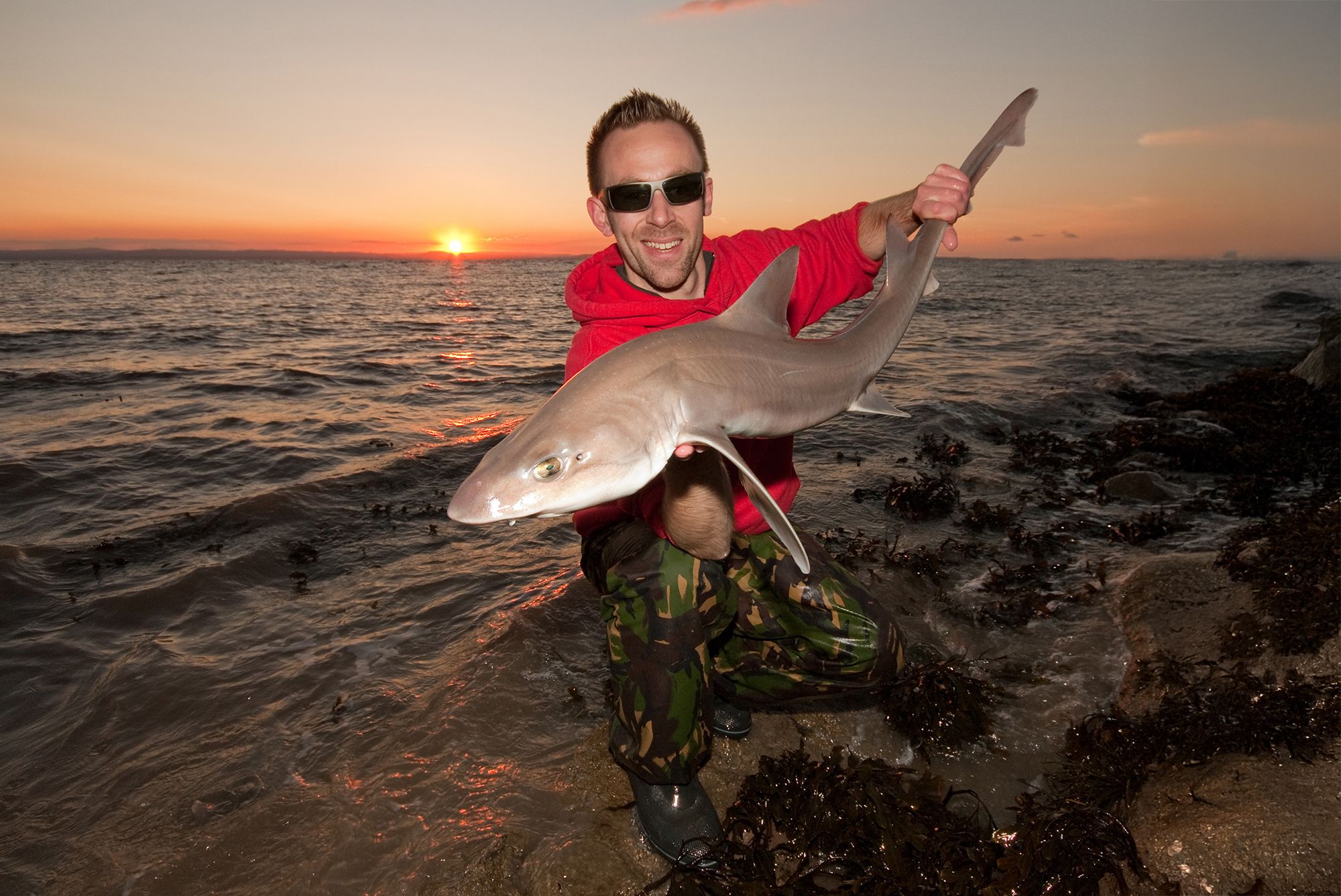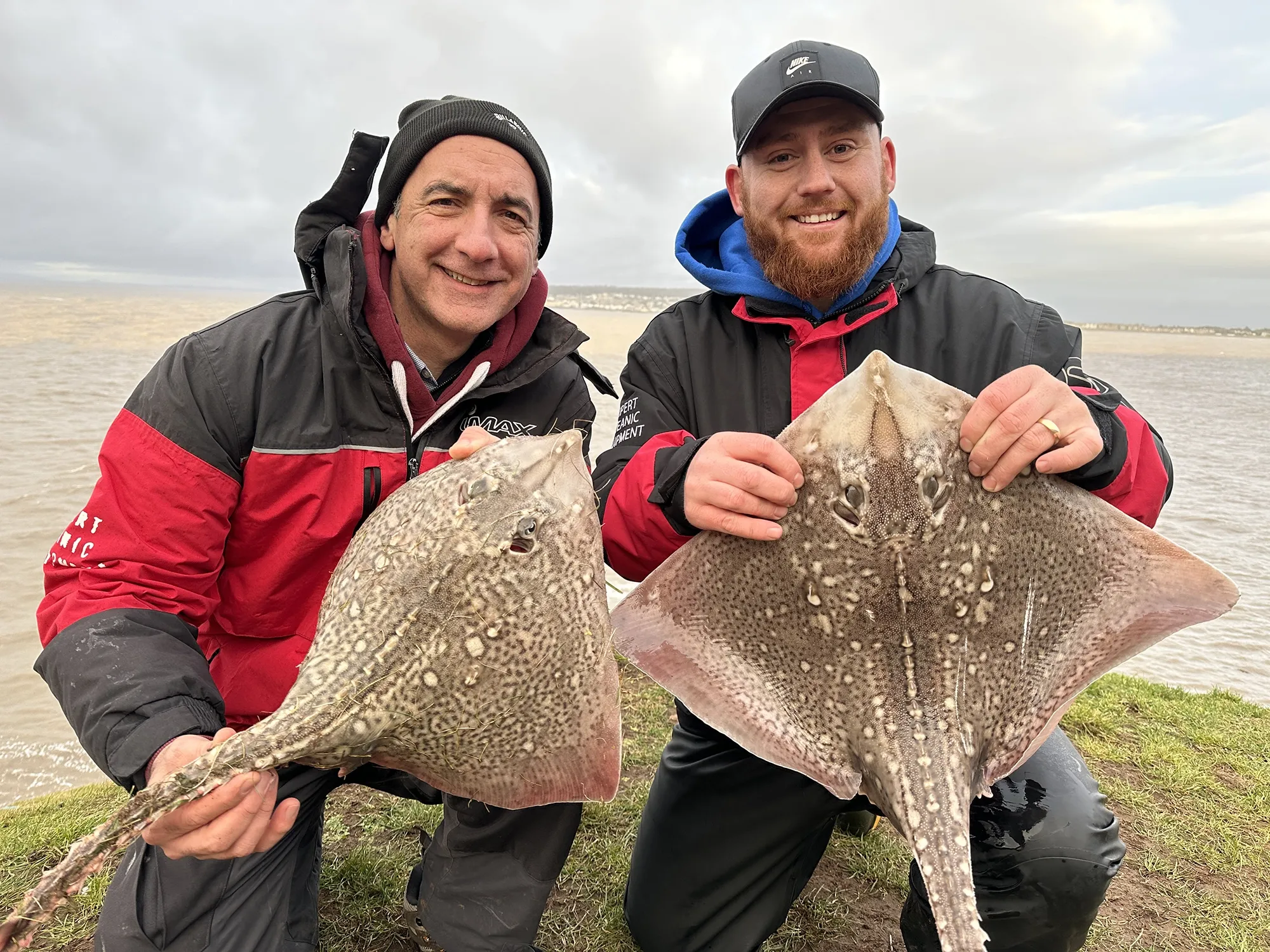How to Use a Tide Table for Fishing Success in the Bristol Channel
Explore this guide to learn more about How to Use a Tide Table for Fishing Success in the Bristol Channel.
How to Use a Tide Table for Fishing Success in the Bristol Channel
The Gambling Angler’s Local Guide to reading the Tide Table
If you fish the Bristol Channel, you already know the tide isn’t just background noise — it’s everything. With a tidal range that can exceed 14 metres, reading a tide table correctly is the most important tool in your tackle box. At The Gambling Angler, we believe in stacking the odds in your favour, and tide knowledge is your best starting point.
This guide will show you exactly how to read a tide table for fishing the Bristol Channel and explain what all that technical jargon actually means.

Why the Tide is Crucial in the Bristol Channel
The Bristol Channel is home to some of the fastest-moving tides in the UK. Water can rip through here at 8 knots or more on a big spring tide — a blessing and a curse. Get it right, and you could catch cod, bass, rays, smoothhounds, conger, and more. Get it wrong, and you’re battling weed, snags, and empty hooks.
The tide dictates when, where, and how you fish. It impacts:
- Water clarity (It’s rare that the water is actually clear here, but visibility can change)
- Current strength (which affects the ability to hold bottom with your tackle)
- Fish feeding patterns (certain species move with the tide or only feed at specific stages)

Reading a Tide Table for the Bristol Channel
A typical tide table for this region (e.g. for Minehead, Weston-super-Mare, Watchet, or Clevedon) includes:
- Date
- Times for High Water (HW) and Low Water (LW)
- Tide height in metres
- Moon phase

How to Use It
- Look at the high and low water times — plan to be fishing 2 hours before to 2 hours after high tide or low tide as a starting point on your chosen venue. With experience, you will be able to adapt your start and end point of the session to suit the specific venue. Some venues fish best over high tide, some over low tide.
- Check the height — high tides over 11m refer to spring tides. In general, these tides are best fished over high tide as tidal pull can be too strong over low water on some marks. Tides below 10m refer to neap tides. These allow for more effective fishing over low water and in general as the tidal pull is not so strong.
- Note the set — see if the tide is building (after neaps) or dropping (after springs). This affects how much weed and debris might be present in the water that could hinder fishing. It also allows you to plan ahead and to recognise how many more days a particular venue might be fishable for.

Understanding Tide Sets: Building vs Dropping in the Channel
Building Set
- Occurs in the days after the smallest neap tide in the set.
- Tidal range increases daily, water pushes harder.
- More current means potential for more weed and debris in the water as each tide successively collects it from the shoreline.
- Can be productive for species like bass, and conger eels.
Dropping Set
- Happens after the largest spring tide, when tides begin to decrease in size.
- Current slows, and the water clarity can improve, especially in settled weather.
- Good for accessing locations that might’ve been un-fishable on the previous set of spring tides.

Moon Phases & Bristol Channel Tides
The Channel responds dramatically to the lunar cycle:
| Moon Phase | Tide Type | Bristol Channel Characteristics
| New Moon | Spring Tide | 12m+ high tides, fierce current, strong drift
| Full Moon | Spring Tide | Same as above – huge range, careful timing required
| First Quarter | Neap Tide | Lower range, gentler flow, easier fishing
| Last Quarter | Neap Tide | As above
Top Tip: On massive spring tides, some venues become un-fishable during peak flow. Low water marks in particular can be subject to tremendous flow at these times which will make holding bottom next to impossible.

Jargon Buster
Here’s a breakdown of the tide terminology you might’ve heard of:
| Term | Meaning
| Spring Tide | Biggest tidal range (new/full moon). High highs, low lows, fast water.
| Neap Tide | Smallest tidal range (quarter moons). Subdued flow, easier fishing.
| Ebb Tide | Outgoing tide — water drops and drains out until low water.
| Flood Tide | Incoming tide — water rises and flows toward land.
| Over the Top | Period over and just after high water.
| High Water | When the tide peaks.
| Low Water | Lowest point of the tide — great for exploring, especially on spring low tides.
| Top Water | Also refers to high water.
| Back Tide | Another name for the outgoing tide.

Fishing Timing- Tips by Mark Type
Here are a few general examples of how we can put all of the above in to practice. These are not set in stone, there is always some flexibility and only experience will reveal the most productive venues in relation to the size and state of the tide.
Location/Type, Best Tidal Stage & Notes
1) Burnham-on-Sea | 3 hours up, 1 hour down | Avoid spring tides- the tide runs very hard
2) Rock Marks ie Sandpoint | 2 hours down, 1 hour up | Spring tides present weed and debris and can lead to tackle losses as end gear and mainline is pinned to the sea bed
3) High water marks that dry out at low tide | 2 hours up, 2 hours down | Species like Bass and flounder will move in on the tide to feed on fresh ground

Safety
Understanding the tide in the Bristol Channel is not just essential for good fishing, it’s of huge importance to your personal safety. If you’re visiting a low water venue for the first time, be absolutely certain of your exit point. On some low water marks, the tide will flood in behind you out of sight. If in any doubt whatsoever, don’t risk it. It’s good practice on your first visit to fish with someone who knows the venue well.
Final Thoughts
Timing is Everything in the Bristol Channel
Fishing the Bristol Channel without understanding the tide is like playing poker blindfolded. But with a solid grasp of the tide table, you’re making informed decisions — choosing the right spots, targeting the right species, and fishing when they’re feeding. Better still, book a Bristol Channel guided fishing session with me today and allow me to give you a practical demonstration of why the ebb and flow of the tide really is everything.


